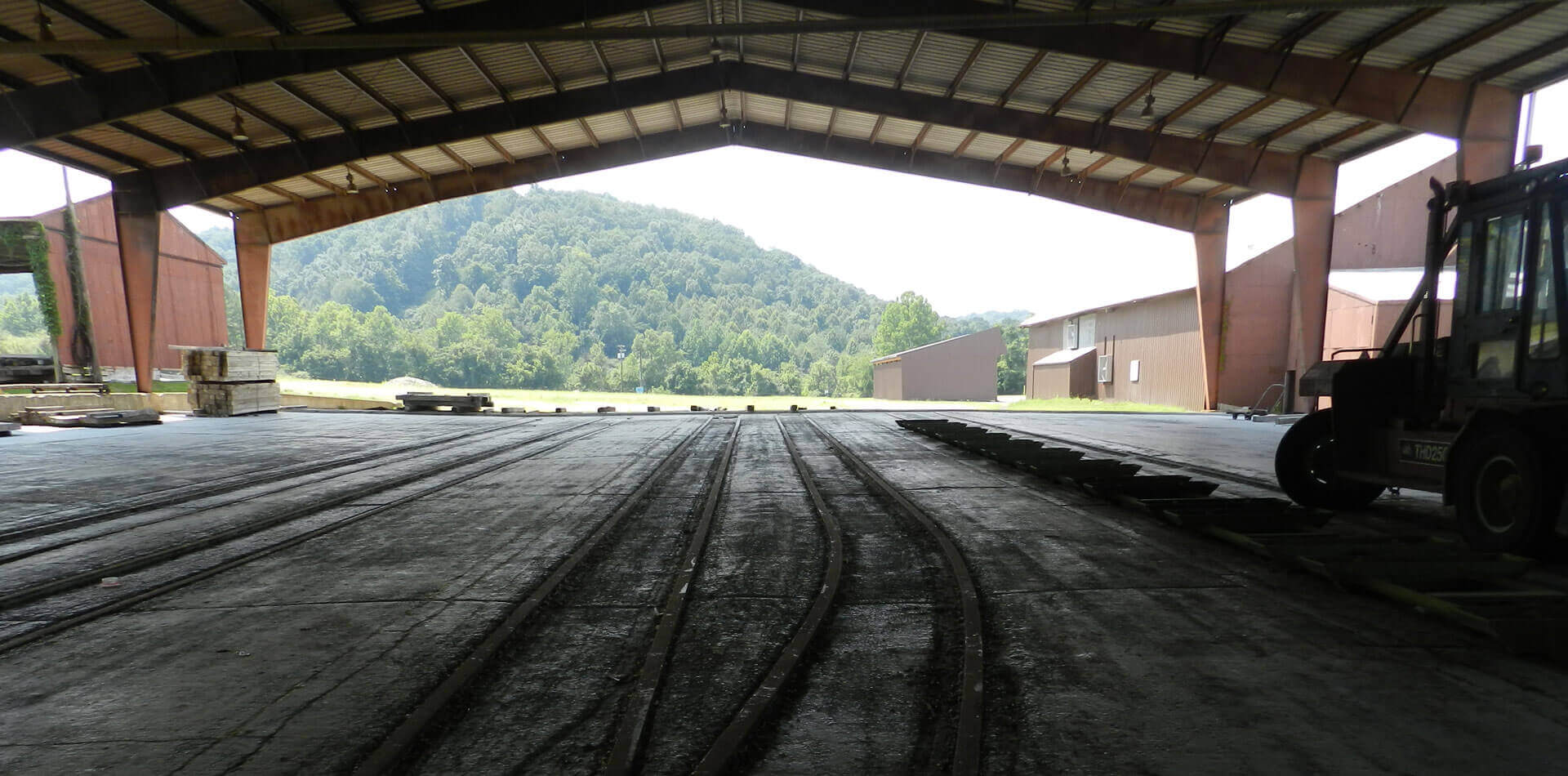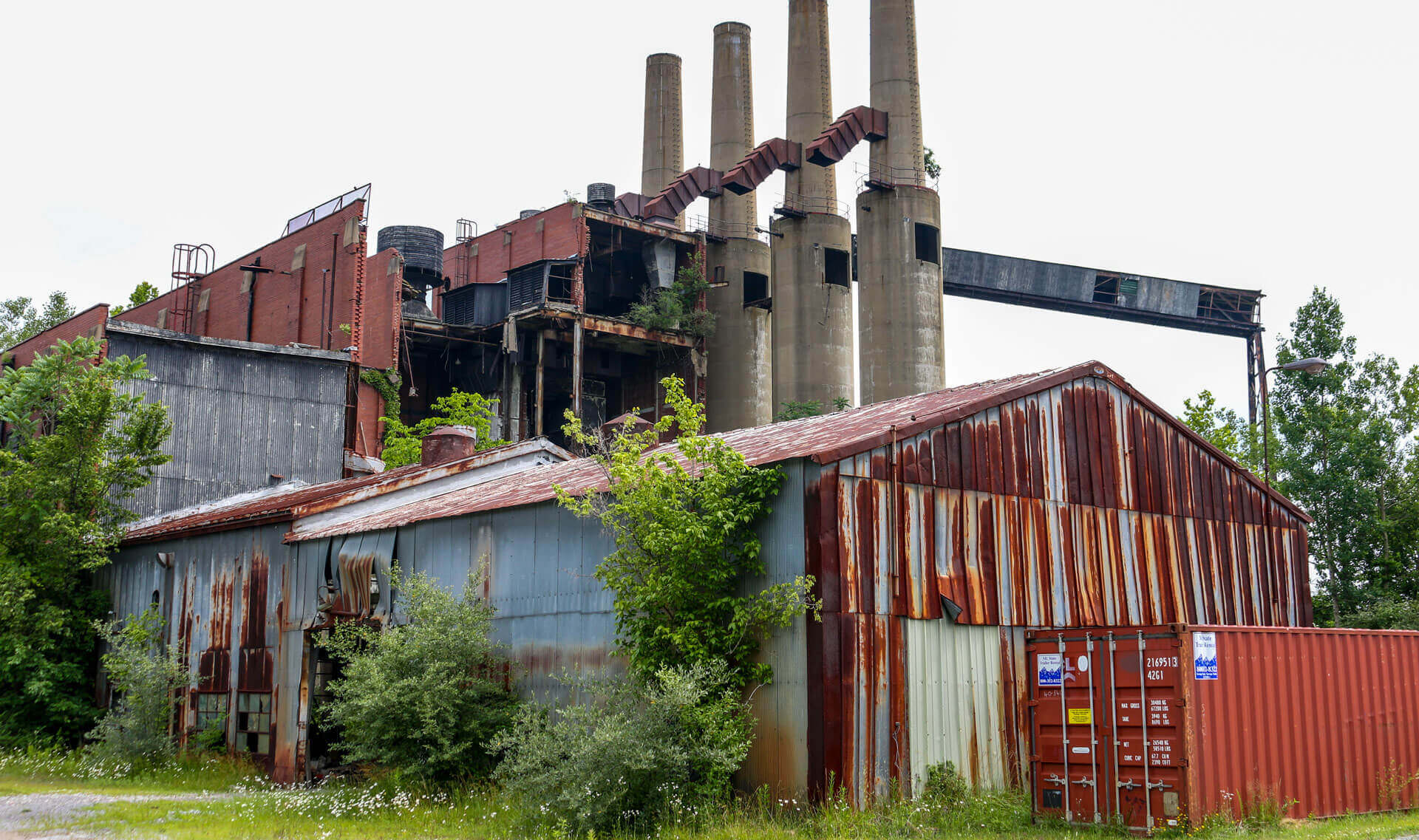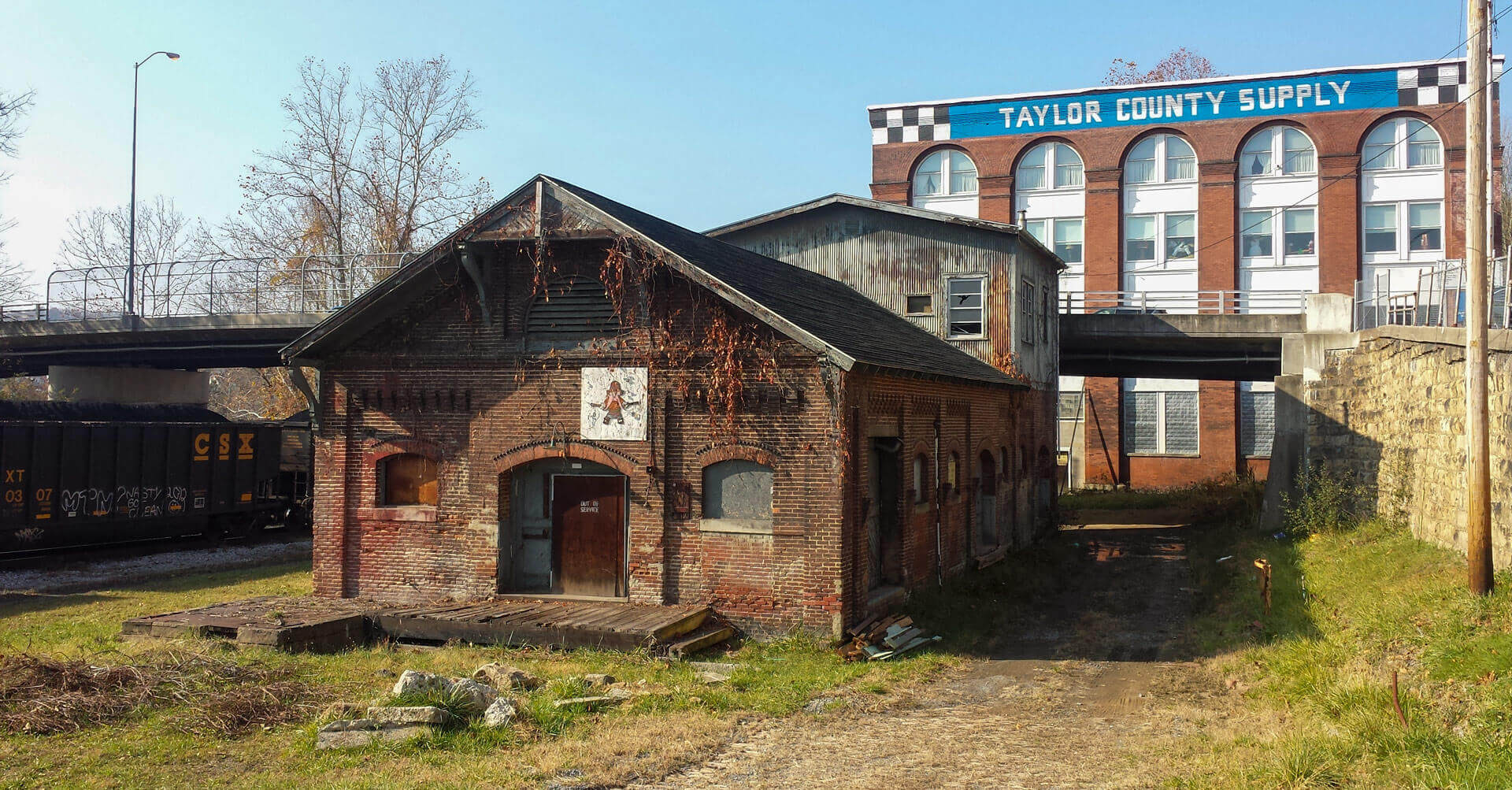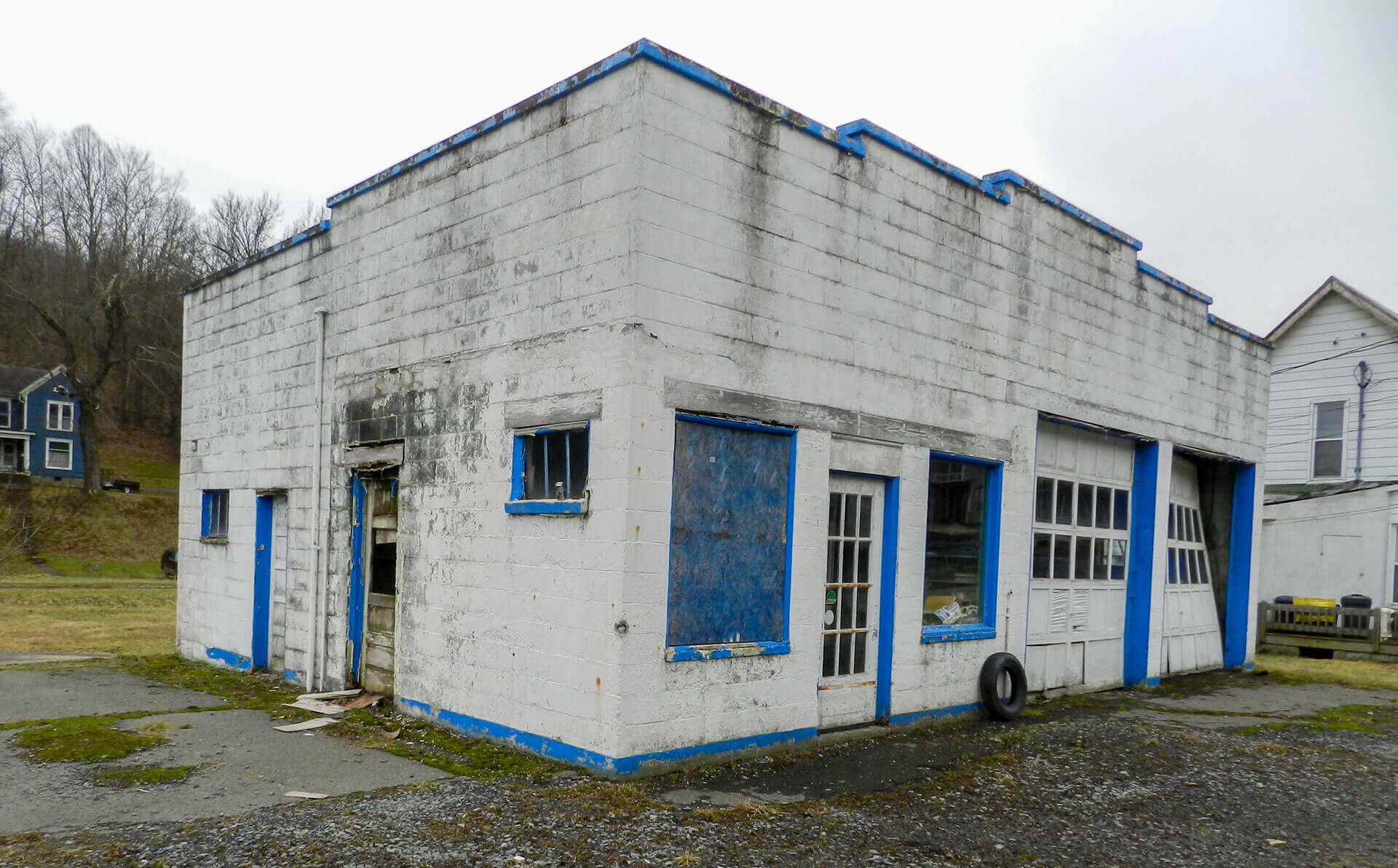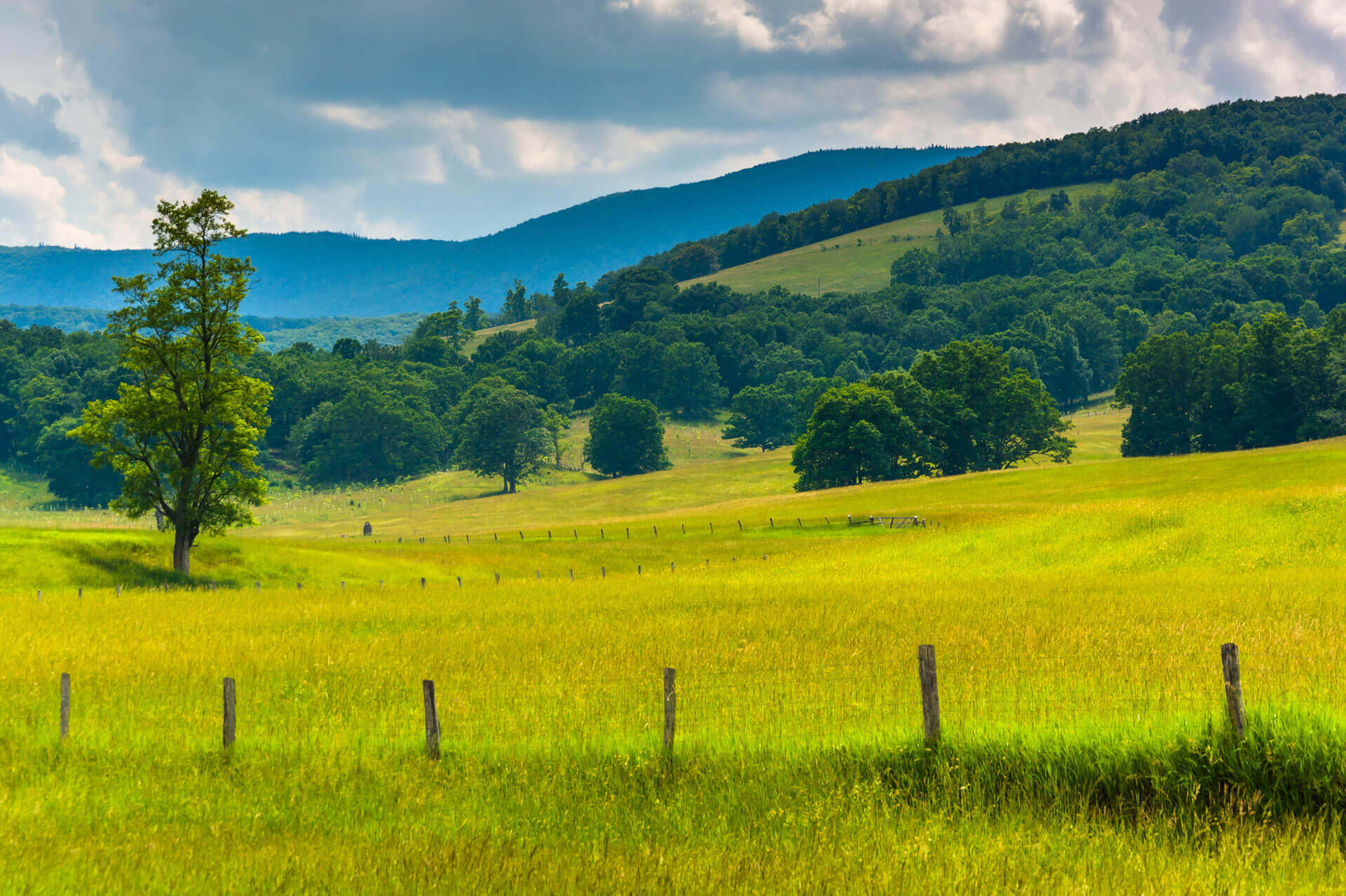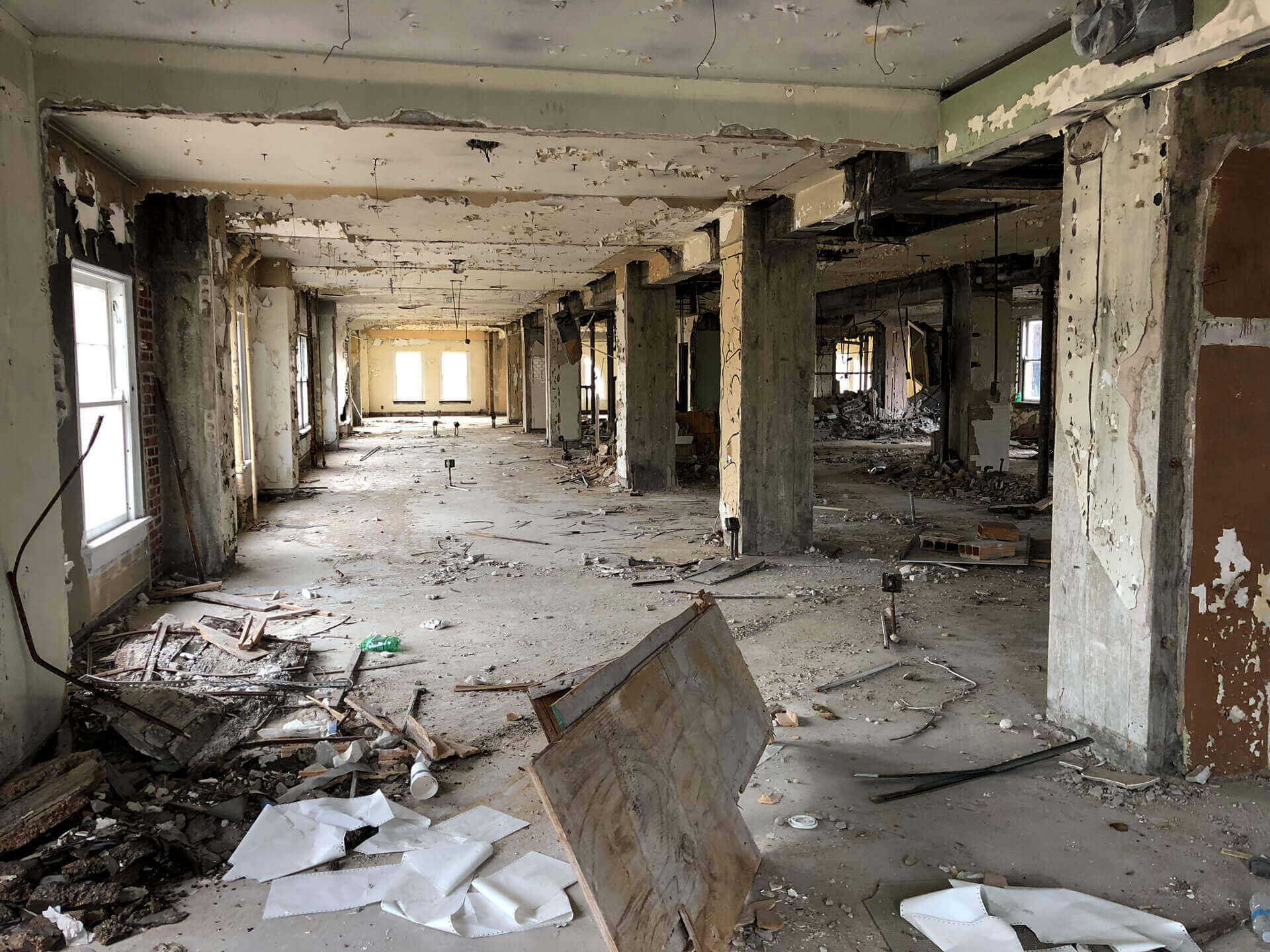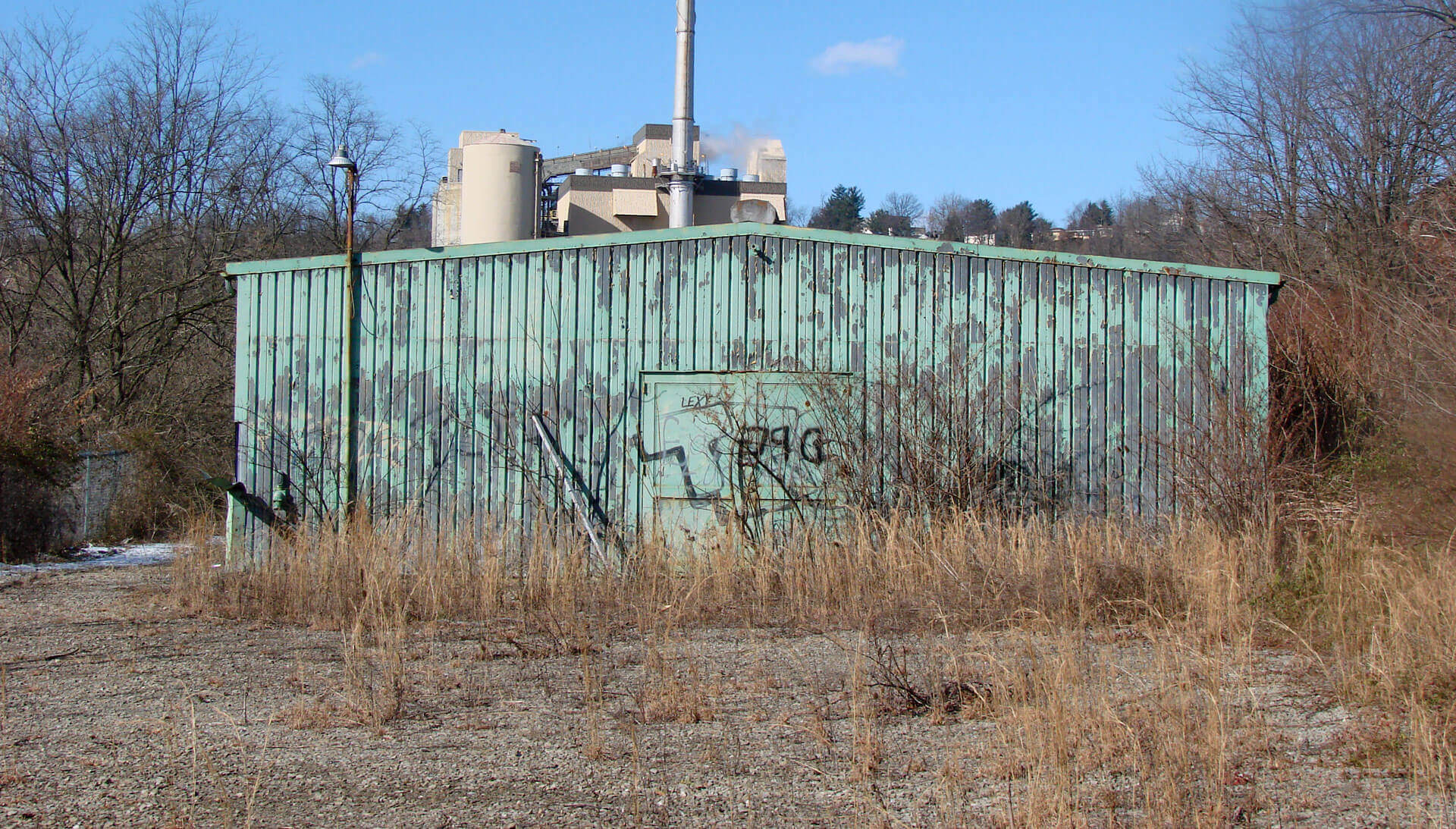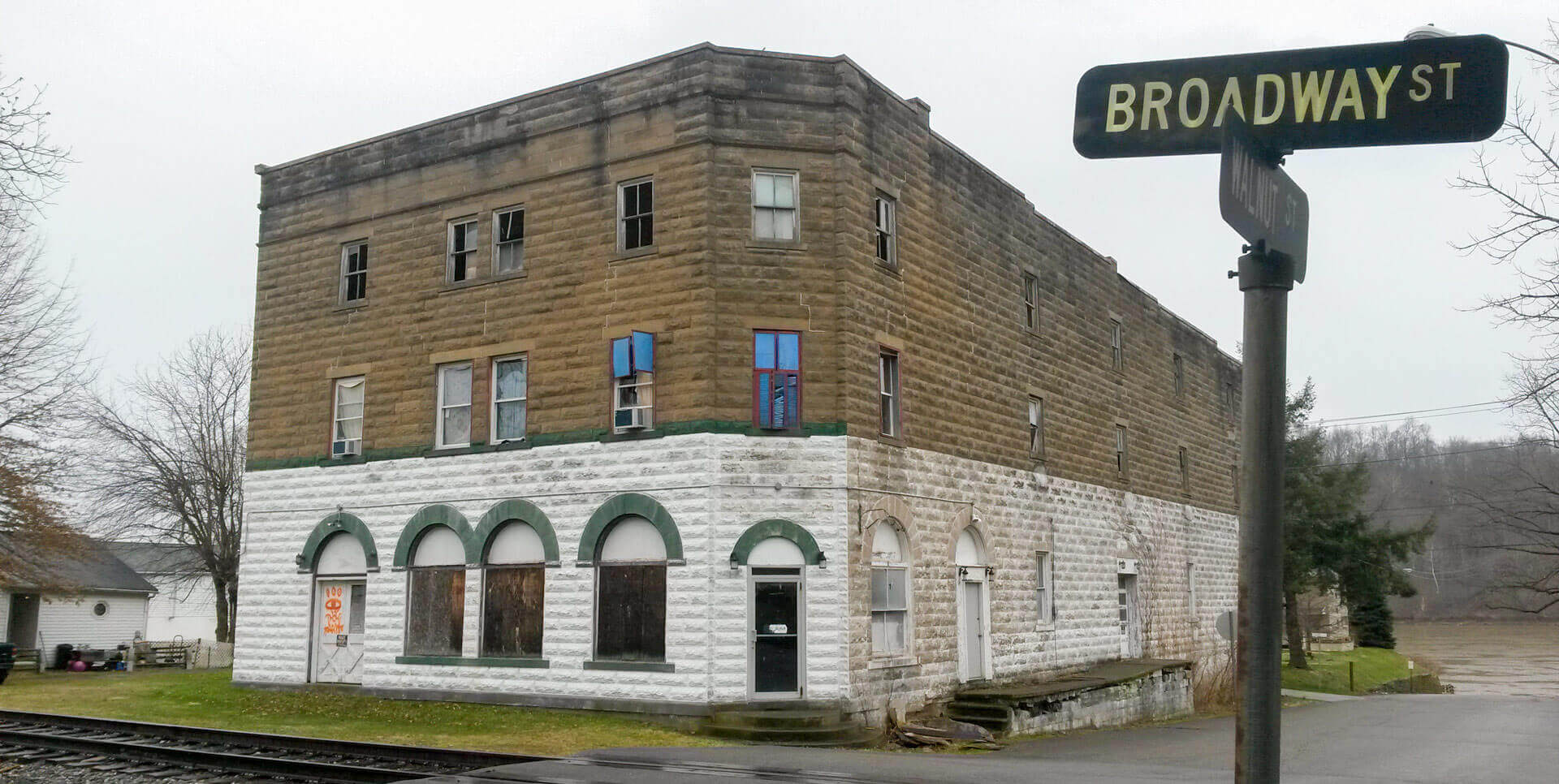The U.S. Environmental Protection Agency defines a brownfield as “real property, the expansion, redevelopment, or reuse of which may be complicated by the presence or potential presence of a hazardous substance, pollutant, or contaminant.” With over 450,000 estimated brownfields in the U.S., the challenge to transform these properties into more attractive, usable sites is being addressed all over the country.
Why is brownfield redevelopment important?
Brownfields can be redeveloped in many different ways: old industrial buildings can be turned into new real estate, new buildings can occur on cleared sites, and community infrastructure and aesthetics can be improved by creating more greenspace. Brownfield redevelopment helps to:
- Turn community health and safety liabilities into community assets;
- Create new, local jobs;
- Increase property values;
- Eliminate eyesores;
- Enhance economic/tax base development;
- Support sustainable use of land, by preserving greenfields and preventing sprawl; and
- Links economic vitality with environmental benefits.
Can a brownfield be redeveloped as a greenspace?
Yes, brownfields can be turned into greenspace!
Greenspace is another word for outdoor recreation amenities like public parks, urban forested areas, and greenways including bicycle and pedestrian trials. Transforming brownfields to greenspace is beneficial to communities in many ways, including:
- Health – Greenspace gives residents more places to recreate and exercise.
- Environmental – More greenspace in a community supports a diversity of wildlife and can help to improve air and water quality.
- Economic – Eliminating a brownfield with greenspace can increase surrounding property value.
- Connecting Communities – The social benefits to greenspace are immeasurable. Public open space gives the people of a community a place to meet, communicate, and celebrate.
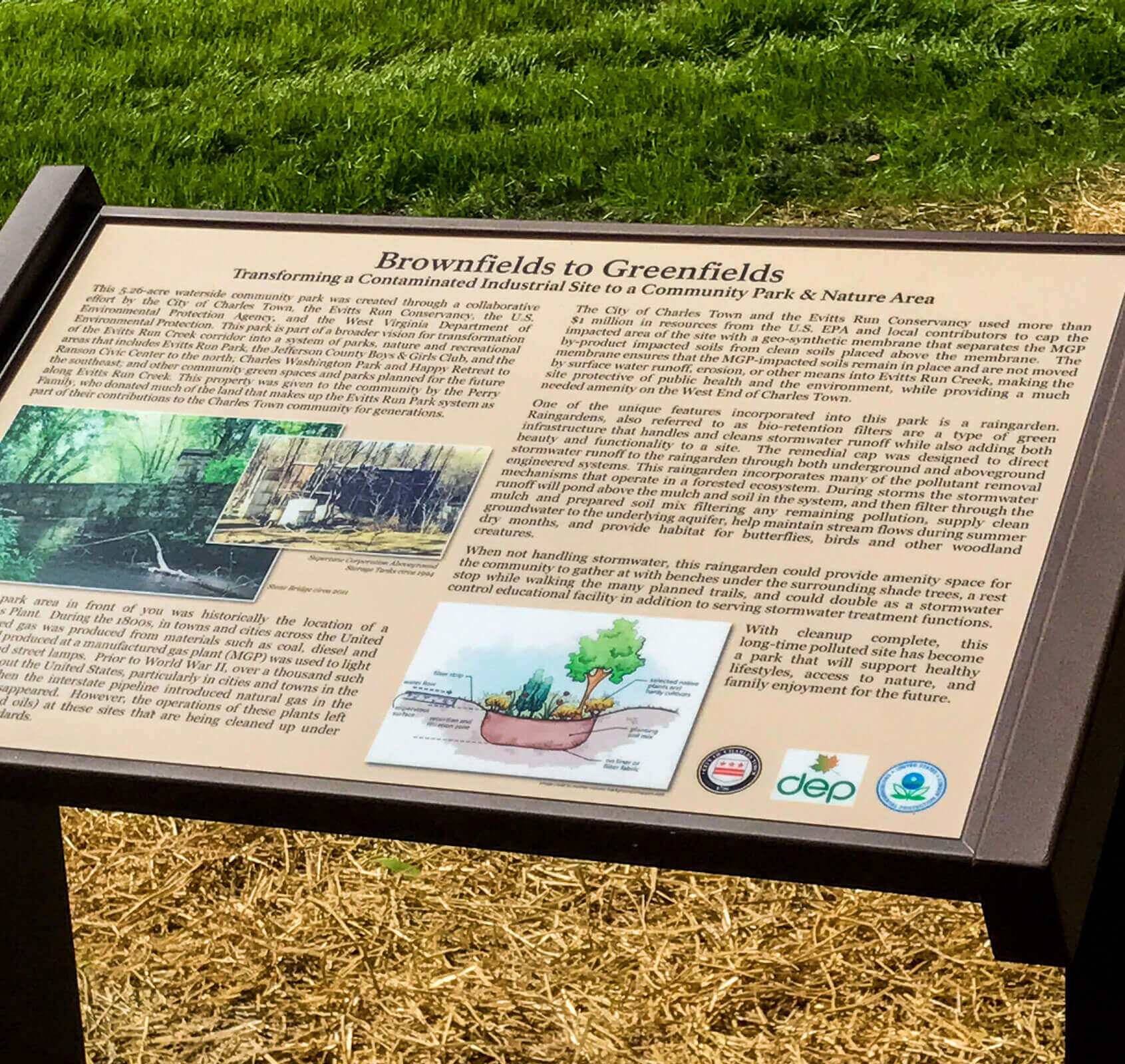
What are mine-scarred lands?
Mine-scarred lands are “lands, associated waters, and surrounding watersheds where extraction, beneficiation, or processing of ores and minerals (including coal) has occurred.”
How are brownfield redevelopment projects funded?
There are many sources of funding available for brownfield projects. Several federal agencies like the U.S. Environmental Protection Agency (EPA) and the U.S. Department of Housing and Urban Development (HUD) award grants to help cleanup, assess, and redevelop brownfields. There are more than two dozen federal agencies that provide brownfield funding. Find out more in the EPA’s Brownfields Federal Programs Guide. The WV Department of Environmental Protection (WV DEP) facilitates property assessments. Private lenders and nonprofits like the Trust for Public Land help communities leverage funds to transform brownfields into beautiful public spaces.
What is the difference between state and federal brownfield programs?
There are several federal programs that can assist communities with brownfield assessment, cleanup, and development. The most active federal brownfields program is administered by the U.S. Environmental Protection Agency (EPA). The EPA Brownfields Program assists states, communities and other stakeholders realize the potential of brownfields through economic and community development. Grants for site assessment, cleanup, job training and community education efforts can be applied for through the EPA. Read more about the EPA Brownfields Program and other federal programs in the EPA’s Brownfields Federal Programs Guide.
At the state level, the West Virginia Department of Environmental Protection (WV DEP) administers the state Voluntary Remediation Program (VRP), encouraging the remediation or “cleanup” of sites where there is a presence of hazardous chemicals. By supporting communities, companies and citizens who choose to voluntarily cleanup brownfields, the VRP helps promote property redevelopment.
In 2005, the West Virginia Legislature created the WV Brownfields Assistance Centers to promote economic development and environmental and public health protection through innovative redevelopment of brownfield sites in West Virginia. With funding from the state Legislature and other leveraged funds, the centers offer extensive assistance to communities throughout West Virginia by providing training and technical assistance, assistance in engaging community stakeholders, and assistance in grant writing and the leveraging of project funding.
What is the West Virginia state law regarding brownfield redevelopment and cleanup?
In 1996, the West Virginia Legislature passed the Voluntary Remediation and Redevelopment Act (VRRA) to encourage the cleanup and redevelopment of brownfields. The Voluntary Remediation and Redevelopment Rule, enacted in 1997 by the WV Code of State Regulations Title 60, Series 3, administratively:
- Limits enforcement actions of site remediation to the WVDEP;
- Provides financial incentives to encourage brownfield redevelopment; and
- Limits liability under environmental laws for those who participate in brownfield remediation through the VRRA.
- West Virginia state law requires brownfield participants to provide a plan for public involvement.

